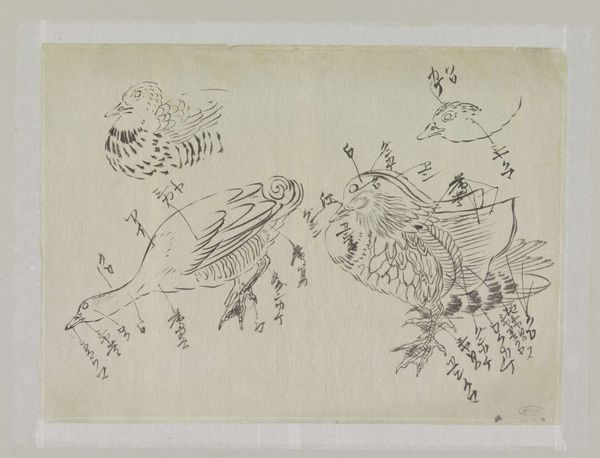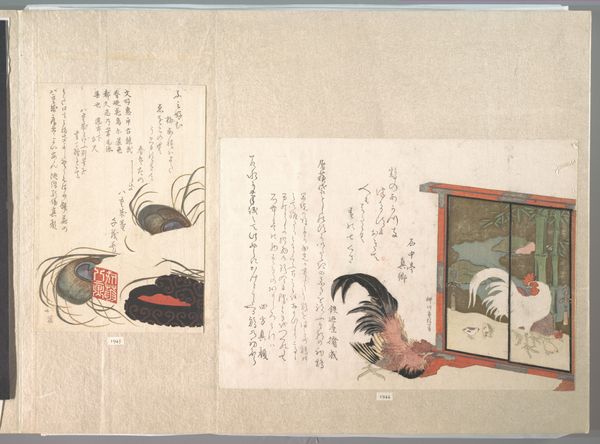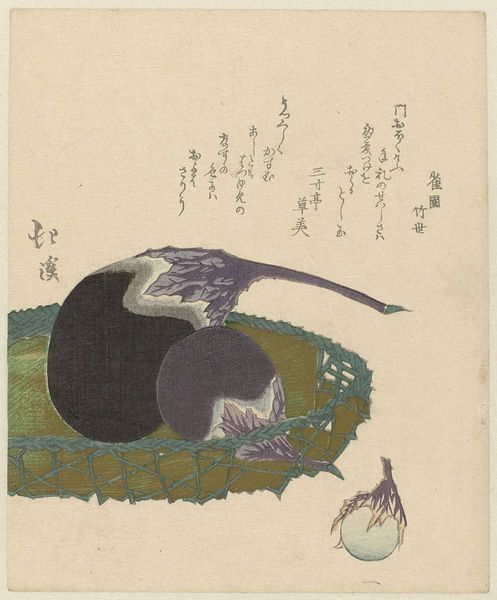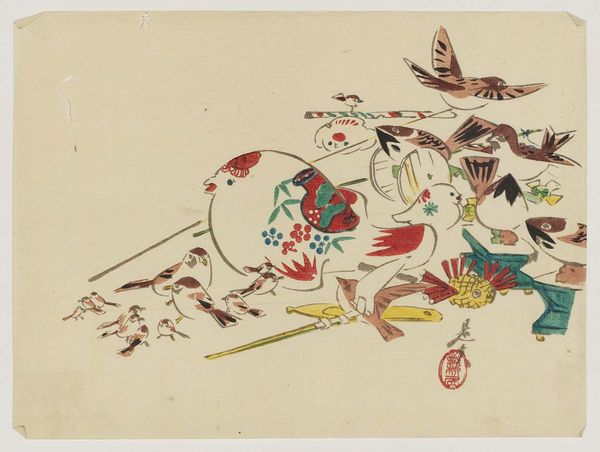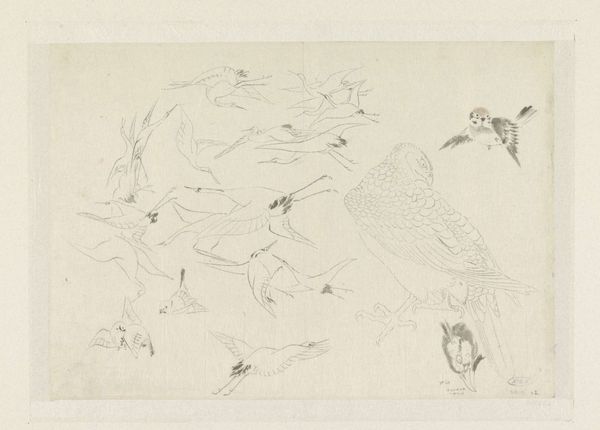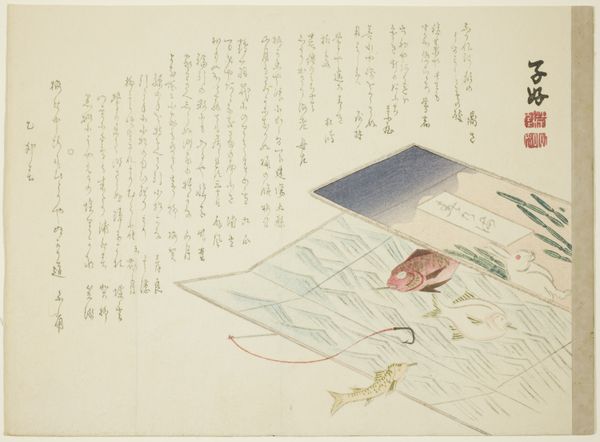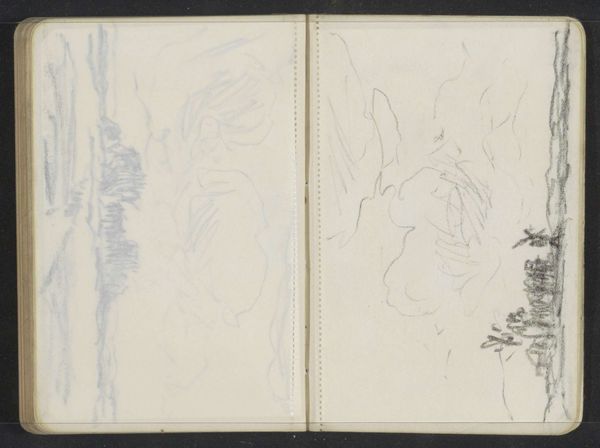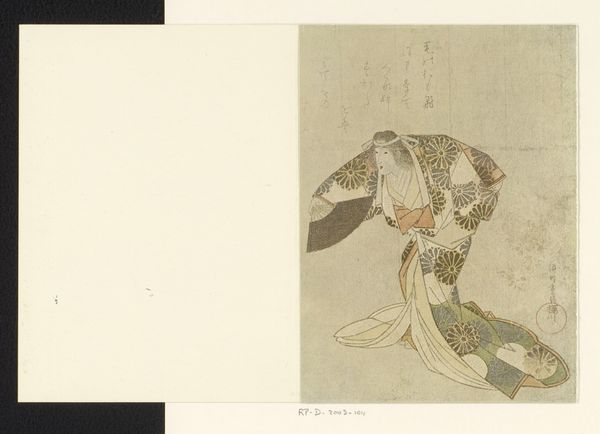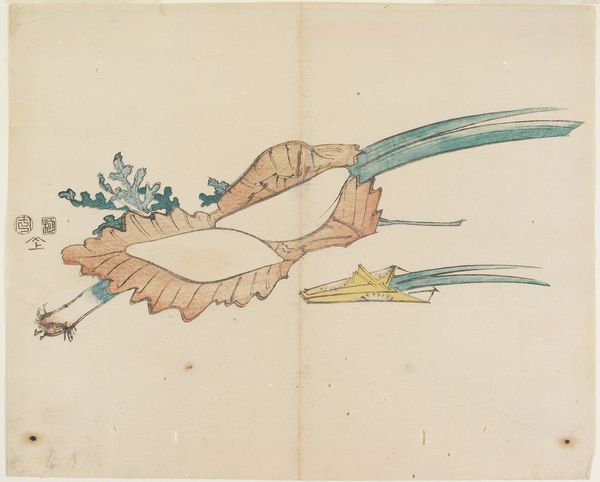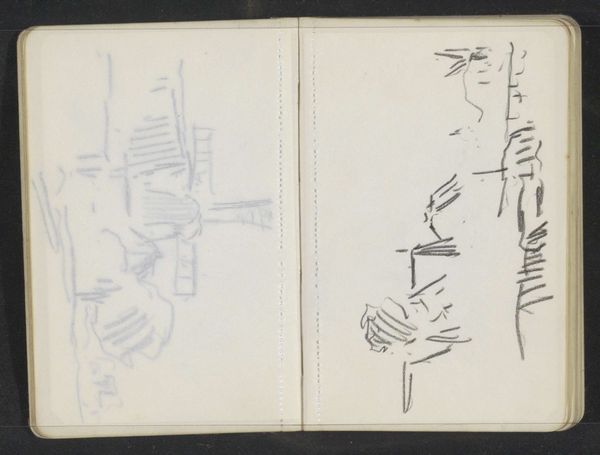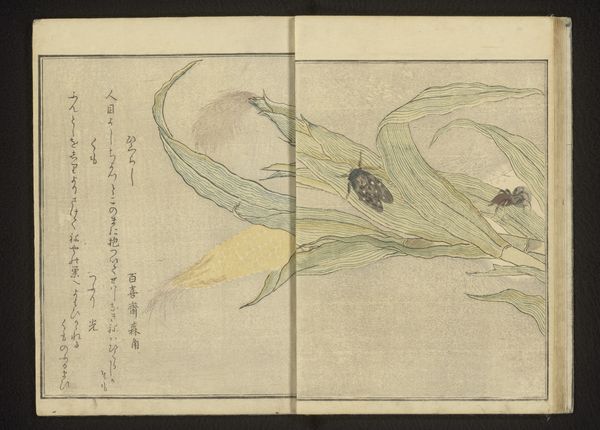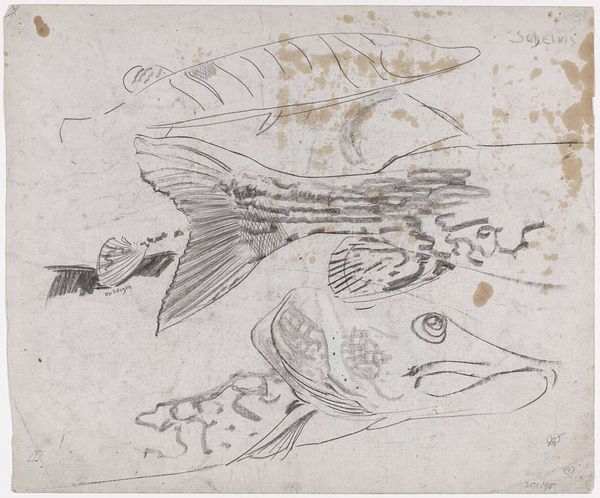
drawing, paper, ink
#
drawing
#
asian-art
#
ukiyo-e
#
paper
#
ink
Dimensions: height 275 mm, width 387 mm
Copyright: Rijks Museum: Open Domain
Editor: This is a drawing entitled "Schetsblad met studies van een fazant," made sometime between 1800 and 1900 by Ishikawa Kazan. It's ink on paper, a delicate study of a pheasant's anatomy. It feels very technical, almost scientific, but the rendering of the feathers has a definite artistic flair. What catches your eye about this piece? Curator: Well, first, consider the paper itself. Where did it originate? Who produced it, and what was its intended purpose? Was this expensive paper reserved for scholarly pursuits, or a more utilitarian stock? And the ink - analyze its composition! Was it locally sourced? The availability and trade of these materials speaks volumes about the networks that supported Kazan's practice and the cultural value placed on naturalistic representation. Editor: That's fascinating. I was so focused on the image, I hadn't really considered the paper and ink themselves. Curator: Exactly! The labor involved in both the depiction *and* production is central. The detailed rendering, while appearing simple, required meticulous observation and practiced skill. This sheet reveals a breakdown, a way of understanding a bird materially. Were these sketches meant for a larger project? A commission perhaps, reflecting a specific social demand for depictions of the natural world? Consider also: What social class might commission such a drawing, and why? Editor: I see what you mean. The individual studies become almost like modules. Curator: Precisely! Think of it as a production process itself. Kazan isn't just observing; he's dissecting and re-presenting, both artistically and intellectually. These decisions aren't separate from the artistic choices on view. Editor: It makes me realize that even seemingly simple sketches are loaded with meaning tied to materials, labor, and even consumption. I hadn’t thought of it that way before. Curator: And understanding that relationship between the tangible and the conceptual unlocks a deeper appreciation for art.
Comments
No comments
Be the first to comment and join the conversation on the ultimate creative platform.
